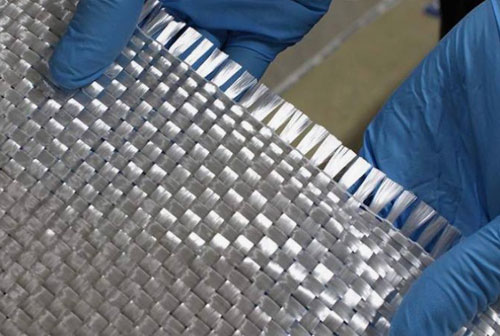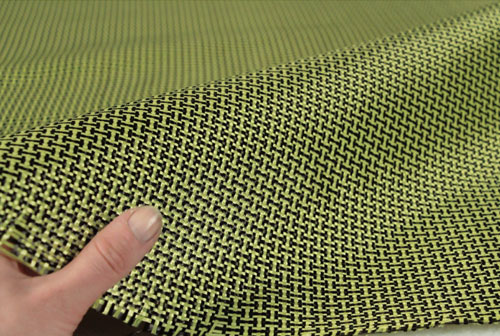In the realm of materials science, fiber reinforced plastic (FRP) has emerged as a frontrunner, captivating the attention of engineers and designers worldwide. Its exceptional properties, including remarkable strength, lightweight nature, and corrosion resistance, have propelled it to the forefront of various applications. Today, I'll embark on a journey to unravel the intricacies of FRP, exploring its composition, diverse types, and the myriad industries it has transformed.
What is Fiber Reinforced Plastic?
At its core, fiber reinforced plastic (FRP) is a composite material, a harmonious blend of two distinct components:
Matrix: The matrix, typically a polymer resin, serves as the binding agent, encasing and holding the reinforcing fibers together. Common matrix resins include epoxy, polyester, and vinyl ester.
Reinforcing Fibers: The reinforcing fibers, the backbone of FRP, are responsible for imparting strength, stiffness, and dimensional stability to the composite. These fibers can be made from various materials, including glass, carbon, aramid, and basalt.
Types of Fiber Reinforced Plastic:
The realm of FRP encompasses a diverse array of types, each characterized by its unique combination of matrix and reinforcing fibers:
Glass Fiber Reinforced Plastic (GFRP): GFRP, the most prevalent FRP type, utilizes glass fibers as the reinforcing element. It offers a cost-effective balance of strength and weight, making it ideal for applications in construction, transportation, and marine industries.
Glass Fiber Reinforced Plastic (GFRP)
Carbon Fiber Reinforced Plastic (CFRP): CFRP, renowned for its exceptional strength and stiffness-to-weight ratio, employs carbon fibers as the reinforcement. Its lightweight nature and superior mechanical properties make it a prime choice for aerospace, automotive, and high-performance applications.
Carbon Fiber Reinforced Plastic (CFRP)
Aramid Fiber Reinforced Plastic (AFRP): AFRP, characterized by its outstanding impact resistance and dimensional stability, utilizes aramid fibers as the reinforcement. It finds applications in ballistic protection, armor, and sporting goods.
Aramid Fiber Reinforced Plastic (AFRP)
Basalt Fiber Reinforced Plastic (BFRP): BFRP, emerging as a sustainable alternative, utilizes basalt fibers as the reinforcement. Its eco-friendly nature, coupled with its good electrical insulation properties, makes it suitable for applications in the construction and electrical industries.
Basalt Fiber Reinforced Plastic (BFRP)
Applications of Fiber Reinforced Plastic:
The versatility of FRP has propelled its adoption across a wide spectrum of industries:
Construction: FRP's strength, corrosion resistance, and lightweight nature make it an ideal material for construction applications, including bridges, buildings, and pipes.
Transportation: FRP's high strength-to-weight ratio and durability make it a preferred choice for transportation applications, including automotive components, aircraft parts, and boat hulls.
Marine: FRP's resistance to saltwater corrosion and its ability to withstand harsh marine environments make it suitable for boat hulls, offshore structures, and marine equipment.
Aerospace: CFRP's exceptional strength, stiffness-to-weight ratio, and dimensional stability make it indispensable in aerospace applications, including aircraft structures, engine components, and satellites.
Chemical Processing: FRP's corrosion resistance to harsh chemicals makes it ideal for chemical processing equipment, tanks, and pipes.
Electrical: FRP's electrical insulation properties and lightweight nature make it suitable for electrical applications, including power transmission lines, circuit boards, and electrical enclosures.
Conclusion:
Fiber reinforced plastic (FRP) has undoubtedly revolutionized the material science landscape, offering a remarkable combination of strength, lightweight nature, corrosion resistance, and versatility. Its diverse range of applications, spanning across industries, is a testament to its transformative power. As technology advances and research delves deeper, the future of FRP holds immense promise, with the potential to shape the world in ways we can only begin to imagine.
 +86 15303735673
+86 15303735673 Jessica@frpzs.com
Jessica@frpzs.com
 Technical Data
Technical Data















